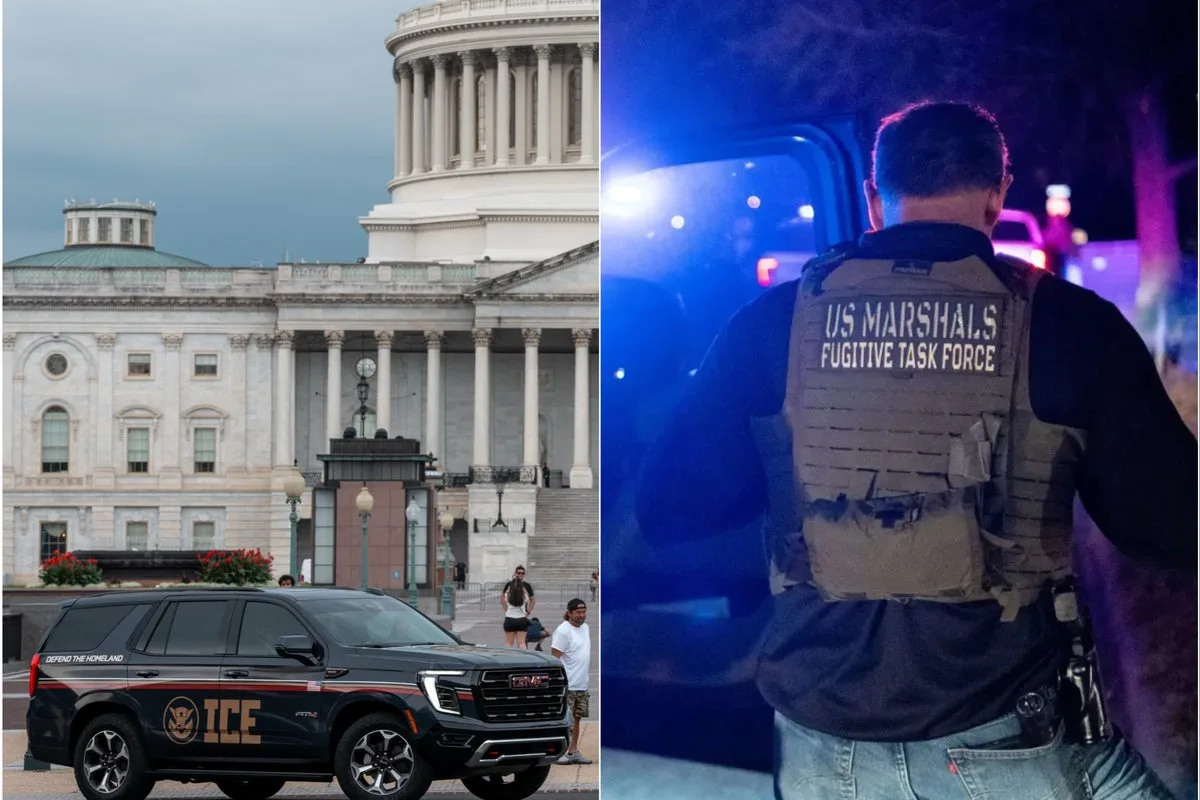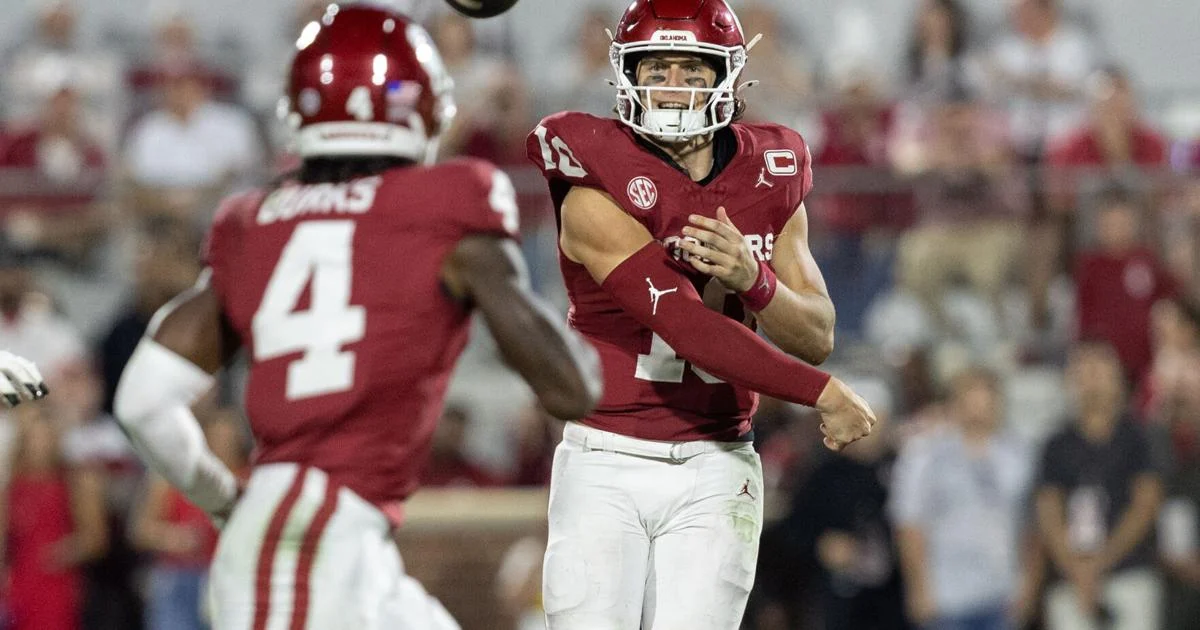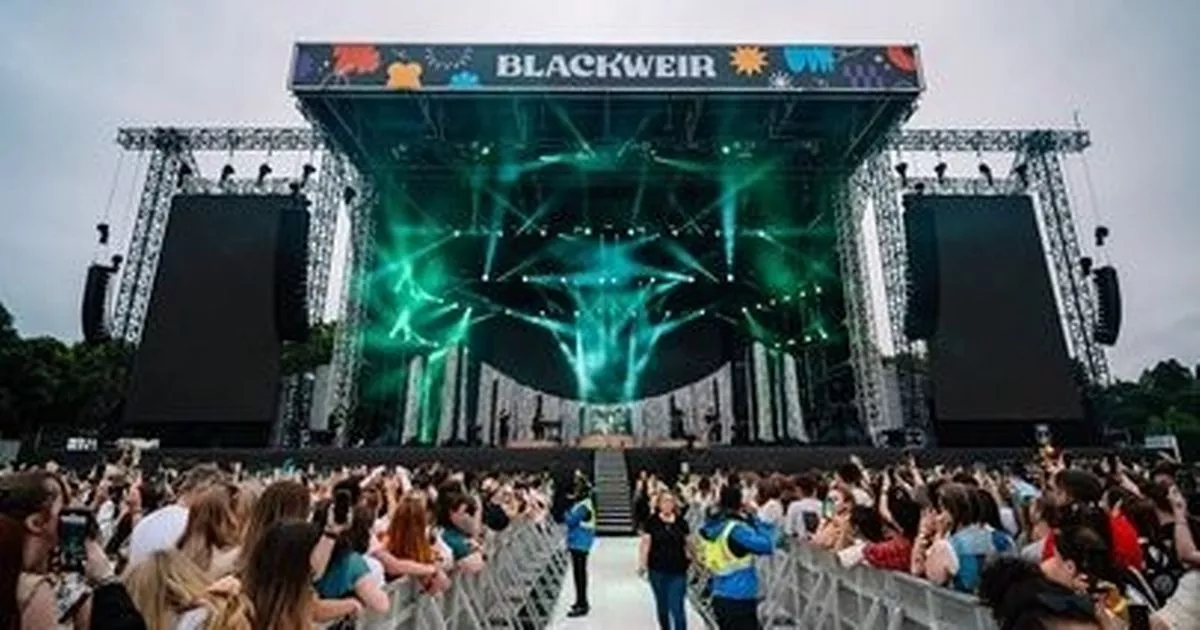EXCLUSIVE: While ICE spends millions on brand-new SUVs, the US Marshals Service is buying used
By Justin Rohrlich
Copyright yahoo

When the GOP-controlled Congress agreed in July to allocate some $170 billion to fund President Donald Trump’s hardline deportation agenda over the next four years, Immigration and Customs Enforcement’s annual budget tripled to almost $30 billion.
And while ICE is spending a portion of its massive windfall on a fleet of brand-new SUVs, pickups, and sports cars, the U.S. Marshals Service – which has an annual budget of less than $4 billion – has been forced to buy used.
Over the past week, the USMS has issued a handful of significantly more modest solicitations for two used Chevrolet Tahoe 4WD SUVs and four used Chevrolet Silverado Crew Cab Short Bed 4WD pickups, emphasizing, in capital letters, that the vehicles are to be “USED.”
“MISSION CRITICAL: Apprehending fugitives,” the documents state.
The Marshals Service was America’s first federal law enforcement agency, created by the Judiciary Act of 1789. It is responsible for tracking down federal suspects, protecting federal judges and court personnel, and administering the Witness Security Program, known colloquially as “witness protection.”
The used trucks must be 2025 models, with no more than 5,000 miles on them, in sterling gray, slate gray, black, or white. Remote entry/start is required, as are third-row power fold seats, blind spot detection, and a leather-wrapped steering wheel, according to the USMS solicitation materials.
“Due to security reasons, this used Tahoe CANNOT HAVE A PANORAMIC SUNROOF,” one warns.
A used 2025 Silverado to those specifications goes for about $45,000. A used 2025 Tahoe to the same specs runs somewhere between $65,000 and $75,000.
At the same time, ICE recently solicited bids for 1,000 new Ford Police Interceptor Utility SUVs, Dodge Durango Pursuit SUVs, and Chevy Tahoe Police Pursuit Vehicle SUVs, which could cost as much as $100 million – or, about $100,000 each, with the addition of full police packages.
The agency additionally dropped roughly $1 million for customized SUVs and pickups, along with a pair of Ford Mustangs to help tempt new recruits, costing more than $120,000. Another tender ICE recently issued for 25 upfitted Chevy Tahoes was projected to cost $2.4 million.
All of the vehicles are wrapped in a red, blue, and gold graphic treatment that mimics the look of Trump’s private 757. They feature the words “Defend the homeland” emblazoned on the sides, and “President Donald J. Trump” spelled out in gold on the rear windows.
The first ICE SUVs to be wrapped in the Trump-centric design were featured in a video posted by the Department of Homeland Security, ICE’s parent agency, set to music by rapper DaBaby.
ICE is simultaneously in the midst of an attempt to sign up some 10,000 new agents, lowering the age and educational requirements for recruits and offering new hires six-figure salaries, signing bonuses up to $50,000, and student loan forgiveness.
An entry-level Deputy U.S. Marshal earns between $42,000 and $55,000, depending on location. The USMS has about 4,000 deputy marshals in its ranks; ICE presently has about 6,500 deportation officers.
The USMS budget has increased by roughly 50 percent since 2010. However, Trump’s One Big Beautiful Bill Act has provided ICE with unprecedented amounts of money.
The bill also means millions of low- to moderate-income Americans will lose their access to affordable healthcare, scientific research budgets are being decimated, and the needy are losing crucial food assistance programs.
Aaron Reichlin-Melnick, a senior fellow at the nonprofit American Immigration Council, said Thursday that under Trump, Congress has given ICE “more than enough money to spend like drunken sailors, and imposed virtually no restrictions on its use.”
“They have never had this sum of money, they don’t have experience in having this level of funding,” Reichlin-Melnick told The Independent. “To some extent, this is their problem right now. It’s hard to spend all that money.”
To provide ICE with everything it ever wished for and more, necessarily means other federal law enforcement agencies will take a hit budget-wise, according to Dan Herman, former senior adviser for accountability to the commissioner of U.S. Customs and Border Protection, ICE’s sibling agency under the Department of Homeland Security.
Herman, who also served as the national security director for presidential personnel under Barack Obama, told The Independent that the Marshals Service right now is “going after actual criminals, as opposed to ICE going after people who are clearly not the ‘worst of the worst,’ and just trying to hit their quotas.”
“There is a message being sent as to what’s important to the administration and what’s not – you can look at the budgets and the resourcing,” Herman said.
Indeed, the Trump administration’s unprecedented focus on immigration has left yawning gaps in other areas, by reassigning members of, among other agencies, the FBI, DEA, and ATF, to assist ICE’s Enforcement and Removal Operations officers.
According to a study by the Cato Institute, a libertarian think tank in Washington, D.C., no fewer than one in five deputy U.S. Marshals have been diverted from their usual duties to work with ICE on civil immigration enforcement.
Today, morale among ICE agents is “in the crapper,” one former agent recently told The Atlantic.
“The branding and putting Trump’s name on these [ICE vehicles], this is very clearly adopting a more political brand, not a U.S. government brand,,” Herman told The Independent. “It’s a very dangerous situation, and I think people who sign up to serve their country, they signed up to serve their country. Not to serve Donald Trump.”
Officials at ICE and USMS did not respond to requests for comment.



